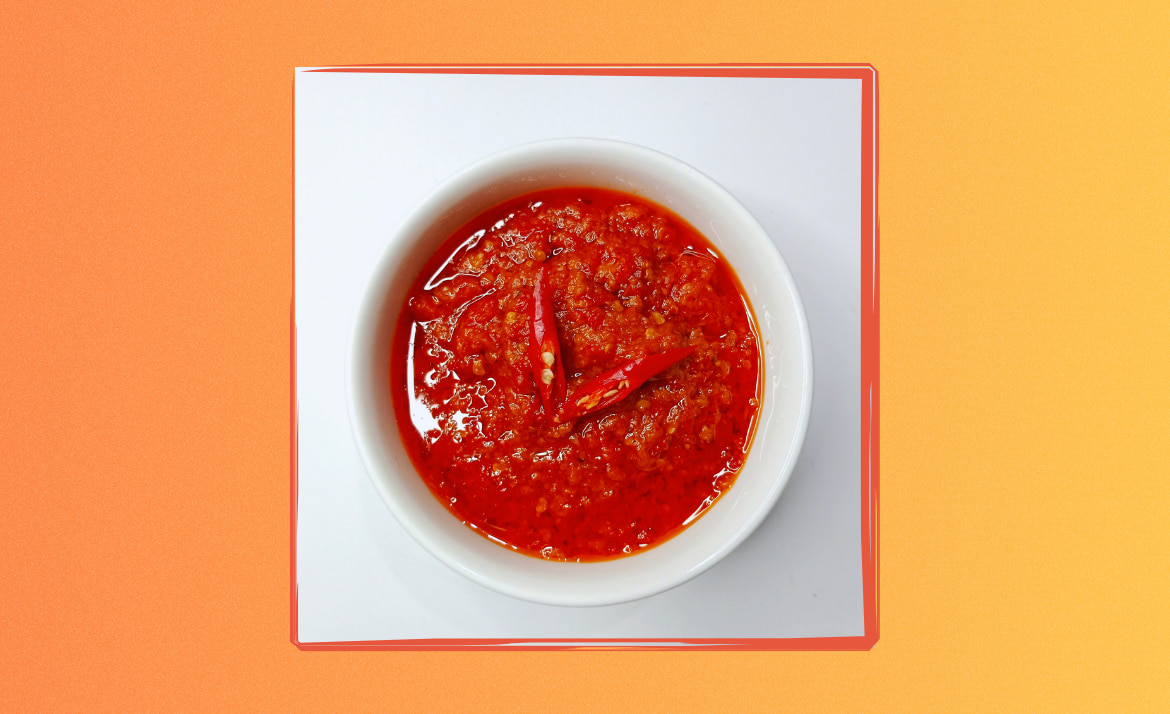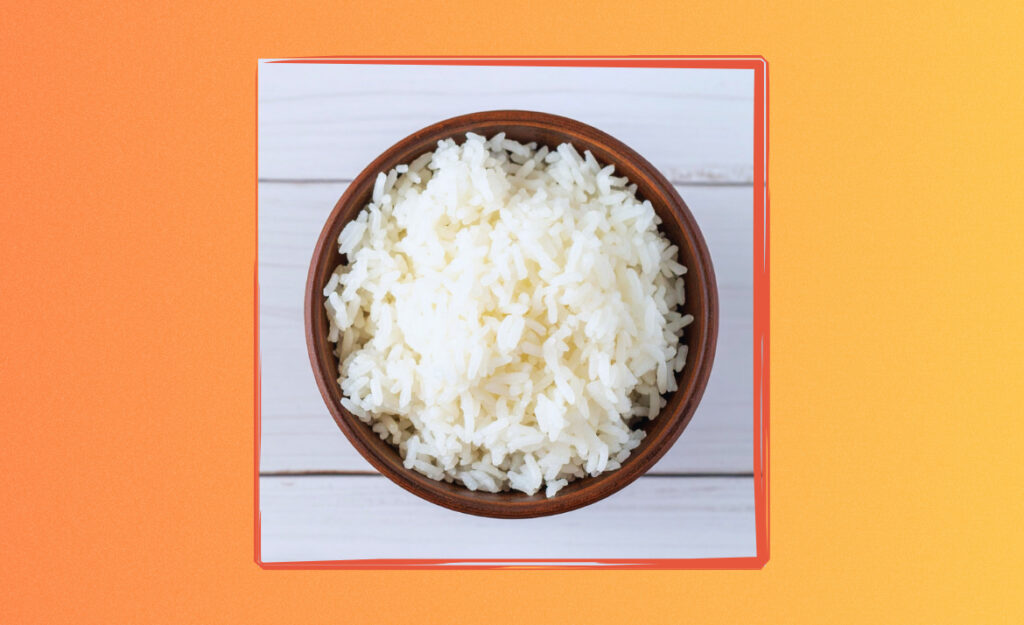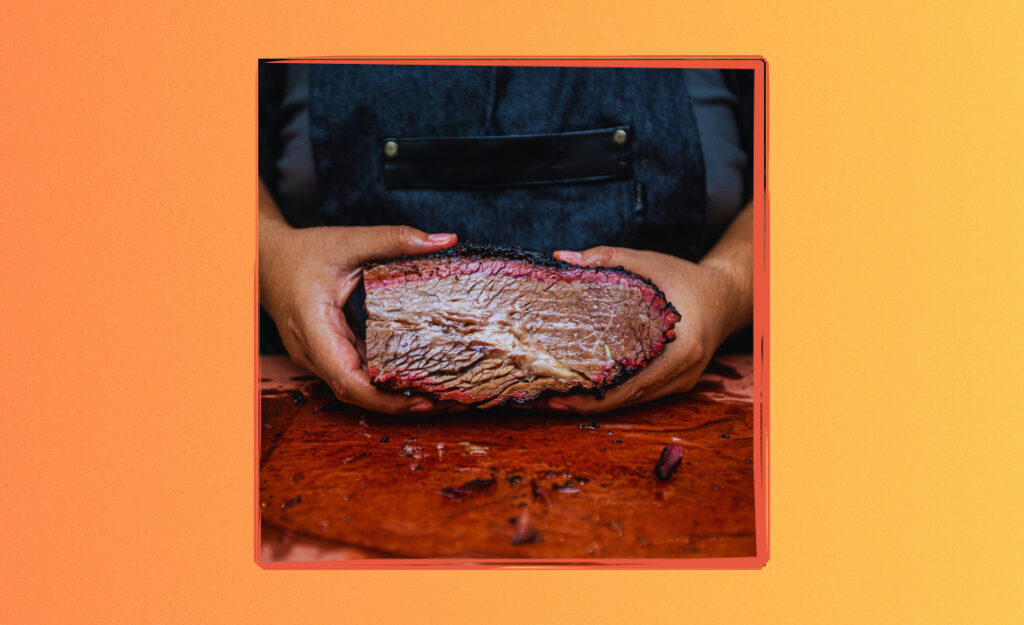
Pasta night can quickly shift from joy to frustration when a pot of noodles clumps together. Moments like these highlight why finding ways to prevent pasta from sticking is more than kitchen trivia—it’s the key to a smoother meal.
Whether you’re a weeknight chef or a weekend pasta artist, nothing ruins the anticipation like lifting sticky, tangled noodles from boiling water. Every bite should be as satisfying as the first; seamless and smooth.
This article dives deep into pasta science and actionable tips, combining expert advice and realistic steps you can start using tonight. Discover how to enjoy better pasta with less fuss, every time you cook.

Fix Lumpy Sauce Before Serving Guests: Quick Solutions
This guide covers fixes for lumpy sauce, preventive routines, and last-minute tricks so every guest enjoys perfect texture. Serve with confidence!Choosing the Right Pasta Shape Improves Results
Cooking specific types of pasta makes it easier to ensure they won’t clump. Wide ribbons behave differently from thin, fast-cooking noodles, so picking the right variety changes your cooking approach.
Pasta with ridges or curves lets sauces cling and helps noodles separate more easily. Next time you cook, pick a shape that matches both your dish and your goal to prevent pasta sticking from the start.
Selecting Hearty Shapes for Minimal Clumping
Short, sturdy shapes like penne, rigatoni, and rotini rarely clump if stirred early. Their density and curves naturally resist sticking. Picture twisting linguine clinging together versus a bowl of freely rolling penne.
Cooks recommend penne or fusilli for busy pasta nights. These shapes hold up in boiling water, separating quickly with a single spoon swirl. Try penne in a creamy sauce for a fuss-free experience.
Stick to shapes designed for easy serving. Notice how bow-ties or shells hold their form when drained. These varieties offer stress-free mixing and less risk of gluey pasta in your final dish.
Thin and Flat Noodles Require Extra Vigilance
Spaghetti, fettuccine, and angel hair need immediate attention once dropped into the pot. They quickly stick together, like loose hair forming a braid if left alone.
For best separation, add these noodles a little at a time and stir within the first thirty seconds. Watch for steam to escape evenly—this means your strands are free, not twisted into a lump at the bottom.
Use a pasta fork or tongs to lift and shake noodles during cooking. Every 90 seconds, give the water a gentle swirl, ensuring strands move independently. Consistent stirring gives you restaurant-style results.
| Pasta Type | Best-Suited Sauce | Stickiness Risk | Action Step |
|---|---|---|---|
| Spaghetti | Tomato-based | High | Stir early and frequently |
| Penne | Cream or chunky | Low | Single stir at drop-in |
| Fettuccine | Alfredo or butter | Medium | Add gradually, swirl well |
| Shells | Cheese or meat | Low | Check mid-boil for clumps |
| Angel Hair | Light oil or broth | Very High | Use wide pot, separate fast |
Salt and Water Ratios Directly Combat Sticking
Deliberately measuring your pasta water and salt ensures fewer sticky noodles at dinner. Too little water means starch concentration rises, increasing the risk of clumps forming as the pasta releases its coating.
Add generous salt to your pot not only to flavor noodles, but also to alter surface tension. This smoothes the pasta’s slippery coating, reducing friction and making it easier for the pasta to move freely.
Correct Water Quantity Keeps Starch in Check
Fill your pot with at least four quarts of water for every pound of pasta. This ratio dilutes released starch for optimal movement—picture an Olympic pool versus a crowded hot tub.
- Fill pot up to three-quarters: Ensures noodles remain submerged and circulate freely as they cook.
- Boil first, then add pasta: Guarantees constant movement and timely blending of noodles with water.
- Stir immediately and again at 2-minute mark: Breaks up any early clumping and distributes heat evenly.
- Keep lid off during boil: Prevents foamy overflow and gives you the chance to monitor separation.
- Drain promptly at al dente: Reduces risk of starch layering as water cools around noodles.
This process prevents pasta sticking by maximizing water flow and minimizing the chance for noodles to rest in one spot.
Salt for Taste and Glossy Protection
Use a tablespoon of kosher salt per four quarts. A chef might say, “Your water should taste like the sea.” Swirl it with a spoon before adding noodles to guarantee even distribution.
- Choose kosher over table salt: Larger crystals dissolve slower, giving extra time for flavor absorption and protection.
- Add salt mid-boil, not before: Delays breakdown of your pot and prevent unnecessary crust at the base.
- Stir vigorously after salting: Incorporates salt so every noodle is exposed to consistent saline water.
- Avoid salting too late: Waiting until after adding pasta means you miss the glossy effect on the outer layer.
- Refrain from second salting: Over-salting can mask delicate sauce flavors meant to complement the pasta’s own taste.
Applying these steps makes it easier to achieve flavorful, separated noodles each and every time you cook pasta.
Continuous Stirring Encourages Individual Noodles
Once you pour dry pasta into the pot, motion is your secret weapon. Stirring breaks up clusters before they form and exposes noodles to all sides of circulating boiling water.
This step, more than any other, relies on active participation and timing. Frequent, deliberate stirring gives you more control, regardless of pasta type or cooking method.
First Minute Actions Set the Pace
Right after adding pasta, grab a wooden spoon or pasta fork. Stir in a circular motion that reaches the sides and bottom of the pot. Every swirl rescues a sticky strand.
If you’re cooking thicker pastas, let the boil return after adding and stir again. Pasta sinks then rises—so encourage floating by moving noodles as they lift, not after they fall and stick.
Channel the movements of a barista swirling steamed milk: smooth, confident, and timed every fifteen seconds until noodles move freely. This routine ensures fewer clumps and a smoother pot.
Timing Your Stirring for Maximum Impact
For long-cooking noodles, set reminders every couple of minutes. Perform a gentle shake at the three-minute mark. “If they clump, rescue now, not later,” say seasoned pasta cooks.
Monitor boiling intensity—if a rapid boil slows, adjust your heat. Stirring is easier when water moves energetically, letting you see where noodles bunch up and take action instantly.
By keeping movement a priority, especially in the early minutes, you’ll notice your pasta always looking and tasting fresher, even before you drain it.
Oiling Water Creates a Slippery Barrier (But Is It Necessary?)
Adding oil to pasta water sparks debate. While some cooks swear by a tablespoon of olive oil, others find it makes sauces slide off. Let’s weigh the pros and cons clearly.
Oil floats on water, coating noodles and preventing some sticking. Yet, this layer can interfere with sauce adhesion. Consider your method and recipe before adding any oil to the pot.
When Oil Is Helpful for High-Risk Pastas
Cooking large batches for a crowd? A drop of oil might buy you time. Picture pouring a bag of spaghetti for twelve—oil helps prevent pasta sticking as you scramble to stir everything at once.
Use only a teaspoon per gallon to avoid turning your pasta greasy. After draining, rinse quickly to minimize oil film before tossing with your preferred sauce or toppings.
Avoid oil for delicate fresh pastas like tagliatelle—these need to absorb sauce directly. For basic dried spaghetti, though, the extra slickness provides insurance against last-minute crowding.
When Oil Undermines Your Final Dish
If your goal is perfect sauce coverage, skip the oil. Imagine trying to paint a glossy surface with watercolor: the color slides and puddles instead of soaking in. Sauces behave the same on oily pasta.
After draining, taste a noodle for stickiness. If they’re separate, don’t add oil—just toss with sauce. For the rare stubborn clumps, a drizzle of extra-virgin olive oil added after draining works wonders.
The general rule is: oil is a rare fix, not a routine. Save it for emergencies or school-night shortcuts, and focus on stirring and water quantities instead for consistently superior results.
Proper Draining and Rinsing Techniques
How you finish your boil makes a big difference. Quick, smooth draining and optional rinsing both play specific roles in the art of preventing pasta sticking right before serving.
Timing matters because noodles continue to cook with lingering heat. Use a large colander in the sink and shake gently to release all trapped liquid. This step sets up the next move—sauce, oil, or straight to plate.
Rinsing: When and Why (or Why Not)
If you’re serving pasta cold (in salads or leftovers), rinsing under cool water halts cooking and washes away extra starch, keeping noodles separate. For hot dishes, avoid it so flavors remain concentrated.
After rinsing, toss strands with a few drops of olive oil if storing for later. Use tongs to glide them around the bowl for even coating before covering and chilling in the fridge.
For dishes like pad thai or stir-fried pastas, rinsing helps remove the sticky exterior. Always finish by tossing freshly rinsed noodles with seasoning or sauce to bring back flavor lost in the rinse.
Resting Noodles the Right Way
Let pasta rest in a warm pot while you prep sauce, but don’t let it sit out for more than two minutes. Move rapidly from draining to mixing. The longer they rest, the more likely they’ll cling together.
If you’re expecting delays, pour a splash of cooking water back in. The starch in the remaining water keeps noodles lubricated, preventing gluey tangles until you’re ready to serve.
Use a wide, shallow pan for resting large batches. Flatten noodles out with tongs so no pile is too thick. Proper resting is the last easy win for smooth, strand-by-strand pasta dinners.
Time Your Sauce Tossing for Seamless Coating
Adding sauce at the right moment helps prevent pasta sticking and locks in texture. The sweet spot? When noodles are drained but still steaming, with a touch of cooking water left clinging to them.
This semi-moist environment lets the sauce blend and adhere, rather than pooling at the bottom of your serving bowl. You’ll notice each strand or shape glistens, coated without the need for extra oil.
Sauce-First Approach for Persistent Clumping
If you sense stubborn pasta forming clumps post-drain, add a cupful of sauce right in the pot before plating. Stir rapidly with tongs to separate. Look for the steam rising—this means you’re saucing at peak heat.
For extra help, stir in a splash of reserved cooking water with the sauce. The mix of heat, starch, and liquid creates the perfect emulsion for smooth, well-separated noodles without excess oil or butter.
Let the pasta sit for one minute, then toss once more. Extra movement at this stage ensures every bite has both flavor and the soft pull you want in each forkful.
Enrich With Finishers and Stir Again
Once plated, top hot pasta with shredded cheese, fresh herbs, or a quick turn of the pepper mill before serving. These finishers sink in, encouraging guests to swirl their own portions and keep noodles separate as they eat.
If making a cold dish, let it rest and stir again before adding garnishes. This prevents noodles from sticking as flavors blend. Serve immediately or cover loosely if prepping ahead for guests or lunches.
The habit of tossing and finishing right before serving develops the muscle memory for perfect pasta every time, regardless of recipe or shape.
Summary: Keep Every Pasta Night Smooth and Stress-Free
Every step in the pasta process, from picking your noodle shape to the moment you toss on sauce, helps keep noodles separate and satisfying. The keys are patience, movement, and careful timing at every stage.
Integrating steps like ample stirring, measured water and salt, and careful draining ensures you spend more time enjoying your dish and less time fussing over sticky clusters. Prevent pasta sticking becomes a habit when you nail these easy techniques.
Next time you’re in the kitchen, remember: a little intention with stirring, draining, and sauce timing is all it takes. Consistent practice guarantees your next pasta night stays clump-free, delicious, and stress-free for everyone at the table.
Frequently Asked Questions
- What’s the fastest way to prevent pasta sticking in a pinch? Stir pasta immediately after adding it to boiling water, keep the water moving through the first two minutes, and drain promptly when al dente.
- Should I always rinse pasta after cooking? Rinse only if you plan to eat the pasta cold, as in salads. For hot dishes, keep starch on the noodles so sauce can stick better.
- Does adding oil to water really help prevent sticking? A small amount can help if you’re avoiding sticky strands in big batches, but skip it for most dishes to keep the sauce clinging properly.
- Can salt alone prevent pasta sticking? Salt changes water surface tension, which helps a bit, but stirring and using enough water are far more effective for consistent separation.
- How much water should I use per pound of pasta? Always use at least four quarts per pound to ensure pasta has space to move and cook evenly without clumping or sticking together.



